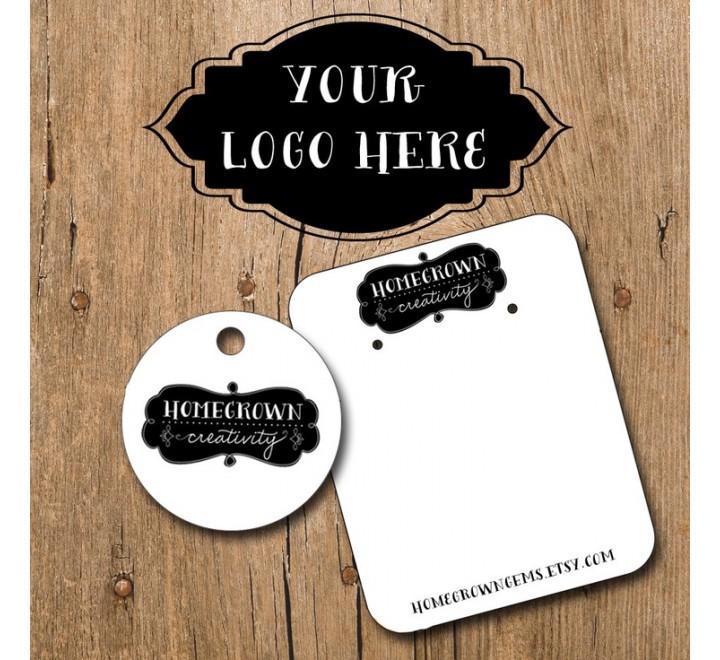In the world of retail, competition is relentless. From high-end fashion boutiques to small handmade crafts on Etsy, every product fights for the same limited resource—customer attention. While the quality of the product matters most, visual cues and packaging play a vital supporting role. One of the most overlooked yet powerful tools in this regard is the humble hang tag. More than just a label, hang tags can serve as miniature billboards for your brand. When done right, they not only draw eyes but also spark curiosity, encourage purchases, and create lasting impressions. If your hang tags are getting ignored, it’s time to elevate your strategy. Here are some proven hacks to make your hang tags demand attention.
First and foremost, you need to think of your hang tag as part of the storytelling process. Every brand has a story, and customers increasingly want to feel emotionally connected to the products they buy. A Hang Tags provides a rare opportunity to deliver a slice of that narrative. Don’t just print your logo and price; instead, offer a glimpse into the values, inspirations, or craftsmanship behind the product. Even a short sentence like “Lovingly handmade by artisans in Oaxaca” can shift perception. Customers are far more likely to value and remember a product that carries meaning.
Design is the next make-or-break element. Bland, generic tags fade into the background, while thoughtfully designed ones act like magnets. Choose bold, brand-aligned colors that pop against your product. Use typography that reflects your style—playful and rounded fonts for children’s items, sleek and modern for high-end fashion, or rustic lettering for handmade goods. Incorporating tactile elements like embossed logos, foil stamping, or even textured paper can enhance the sensory experience. Customers may not consciously notice these details, but their subconscious impressions of quality and value are shaped by them.
Another powerful tactic is leveraging shape. Most hang tags are square or rectangular, simply because it's standard and easy. But that also means it's forgettable. Opt for die-cut tags in unexpected shapes that align with your brand. A surfwear brand might use a wave-shaped tag. A coffee company could use tags shaped like beans or mugs. Unique shapes break the monotony, ignite curiosity, and can make your product instantly more memorable. The goal is not just to inform, but to create a visual imprint that sticks with the shopper.
Don’t underestimate the role of clever copywriting. Short and punchy phrases can have a big impact. Think beyond just your brand name—inject personality. A skincare brand might include a line like, “Glow like you mean it.” A clothing brand could say, “Made to turn heads.” These taglines, if well-crafted, can spark a smile or establish a tone that aligns with your product’s vibe. They don’t need to be long; in fact, the best hang tag copy is brief but impactful. Every word must serve a purpose.
One often-missed opportunity is using the back of the tag. Many brands waste this real estate by leaving it blank or only including the price or SKU. Instead, consider including a call to action—encourage customers to follow your brand on social media, scan a QR code for a behind-the-scenes video, or register the product for loyalty points. This transforms a static tag into a dynamic engagement tool. People are more likely to remember and interact with your brand if they’re given a reason to connect beyond the sale.
Functionality also matters. A hang tag should not just hang well; it should stay put without damaging the product and be easy to read and handle. Use high-quality string or twine that suits the aesthetic of your brand. For example, twine might complement a rustic handmade product, while a sleek black cord works for luxury items. The physical connection between the product and tag should feel intentional, not like an afterthought. Pay attention to durability—tags that bend, tear, or fade reflect poorly on your product.
Sustainability is another growing concern for modern consumers. Environmentally conscious shoppers are turned off by wasteful packaging. You can make a statement by using recycled paper, soy-based inks, or biodegradable materials. Some brands even create plantable hang tags embedded with wildflower seeds. These small gestures can leave a big impression and may tip the scales for buyers who are choosing between two similar products. More importantly, they reflect a broader brand ethos that today’s customers increasingly care about.
Photography is another underrated element. Including a small image—like a snapshot of the item in use, or a behind-the-scenes shot of your team—can humanize your brand and give context to your product. For handmade goods, a photo of the maker adds authenticity. For fashion, a lifestyle image showing the product worn can inspire the buyer’s imagination. These images don’t need to dominate the tag but can serve as subtle additions that deepen the emotional connection.
Finally, consistency is key. Your hang tags should match the tone and aesthetic of your brand across all touchpoints. If your website, packaging, and social media exude a minimalist style, don’t go for an overly ornate hang tag. It creates dissonance and confuses customers. Every piece of your branding should feel like it belongs together. A well-designed Custom Hang Tags that feels cohesive enhances credibility and builds trust.
In the retail battlefield, every detail counts. Hang tags may be small, but they’re mighty when used strategically. They’re your brand’s handshake, a miniature ambassador that speaks before you do. With a compelling mix of story, design, function, and interaction, your hang tags can move from forgettable to phenomenal. Implement these hacks, test them, refine them, and most importantly—use them to tell your brand’s story in a way that no one can ignore.



